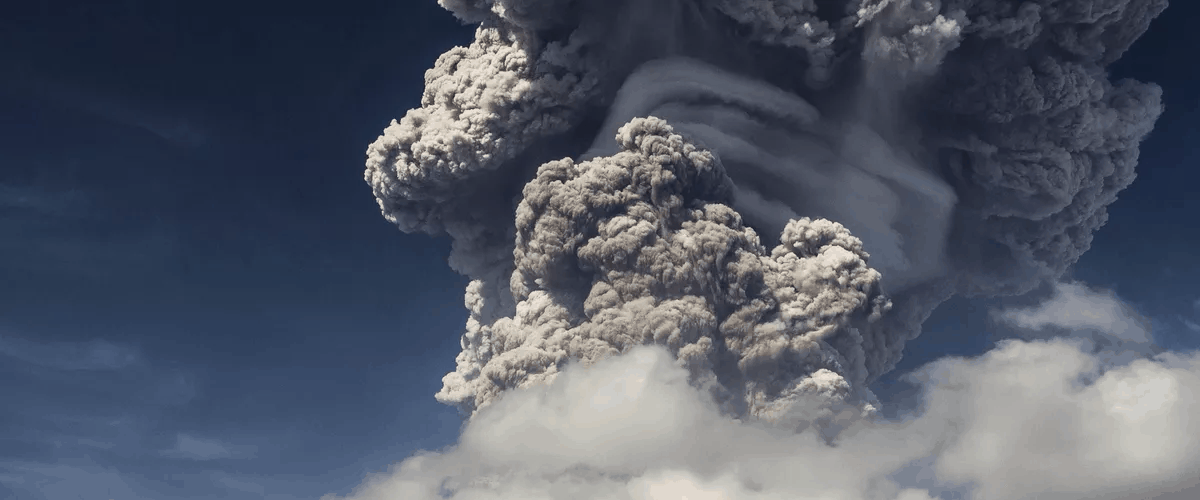The primary danger of a volcano is pretty obvious: the lava. But the cloudy ash causes its own dangers. It can lead to restricted air flight, unsafe roads, health issues, and even collapsing buildings. But thanks to new research, it may not be as much of a problem on travel as it used to be,
There is research being done by the University of Manchester that measures the flow and speed of volcanic ash. They’re measuring the ways that ash particles interact with sunlight, namely the polarization effect they have. Much like polarized sunglasses, the ash distorts the way the sunlight appears alongside to just dampening it out.
Chair in Volcanology at The University of Manchester, Professor Mike Burton, spoke about the issues the ash presents.
“The Icelandic eruption in 2010 highlighted to the whole world that ash-rich volcanic eruptions can have a major impact on the global economy through air space closures designed to minimise the risk of jet engine failure due to ash clogging.”
The research is to develop a special “AshCam” to help properly identify ash. Standard cameras can’t tell what is ash and what is smoke, resulting in navigational difficulties.
What does this mean for us? It means that should a volcanic eruption occur, travel won’t be as hindered as before. More affected locals will be able to escape proper.

